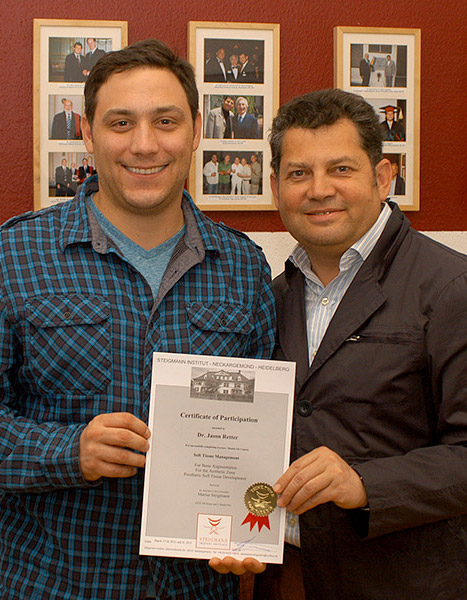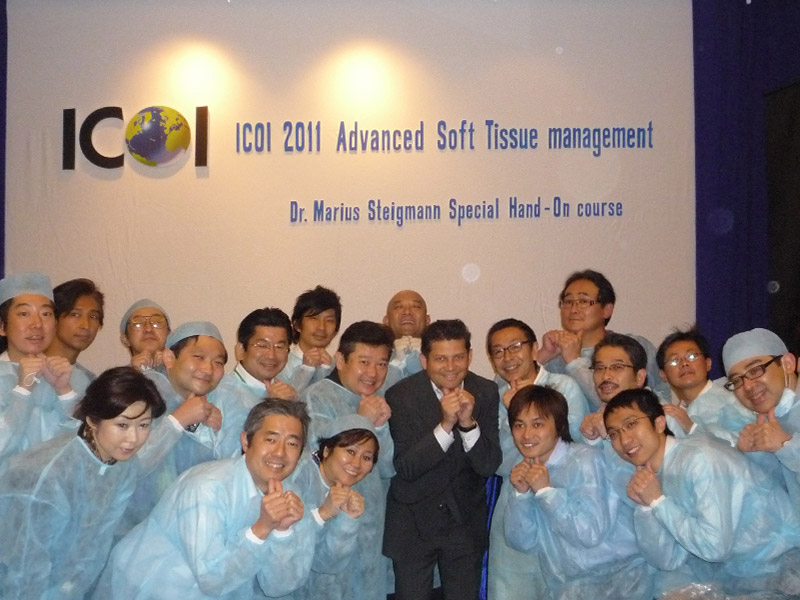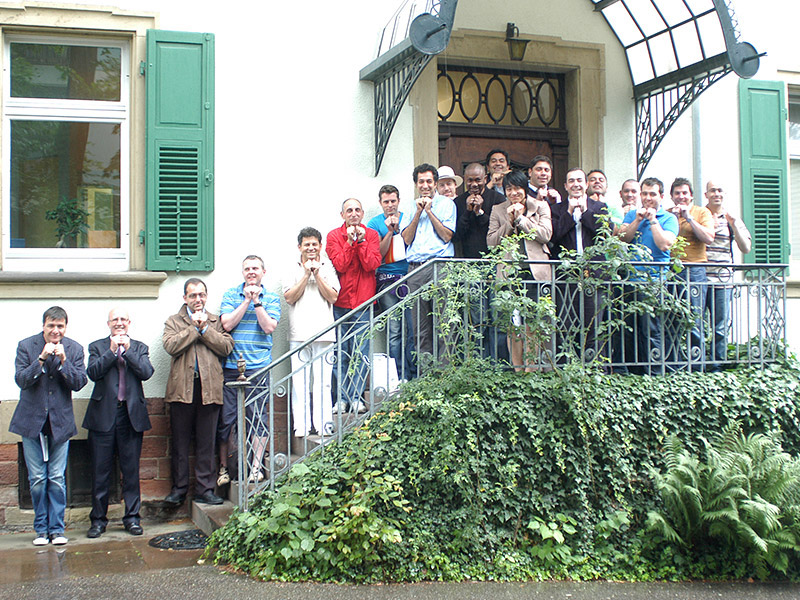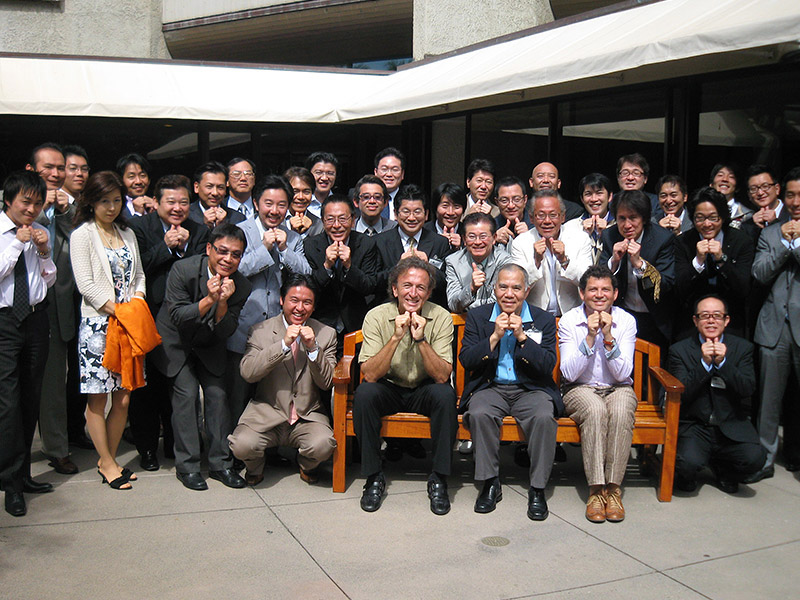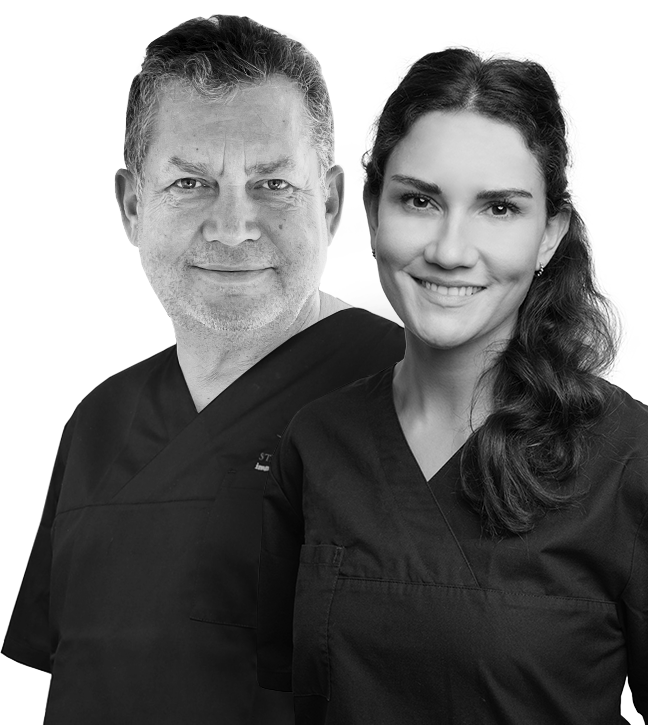The main purpose of this course is to explain, demonstrate and teach soft tissue complication and full arch restoration.
Being a highly specialized module, the “Soft tissue complication and full arch restoration” is limited to participants who visited module 1, 2 + 3.
Day 1: Preventing and repair of soft tissue complications around implants
- Gingivalrecessionaround implants-how to repair
- Papilladevelopmentafter papilla loss
- Prostheticsofttissuesolutions
Day 2: Full arch reconstruction
- Softtissuedevelopmentfor multiple implants in the aesthetic zone
- Fabricationanddesignof temporaries for soft tissue development
- Therapyplanninginfullarch reconstruction for high aesthetic demand
Each participant will receive a printed hand-out with most of the articles published by Dr. Steigmann
Dowload course brochure- Taiwan: November 2-3, 2024 Call for tuition fee
- Cluj, Romania - in Romanian language: June 20-21, 2025 Call for tuition fee
- Hong Kong: August 29-31, 2025 Call for tuition fee
- Poland: October 7-8, 2025 Call for tuition fee
Discounts:
- Discount: 15% for attending all 3 modules.
- Early bird: 5% discount for registering three months in advance.






